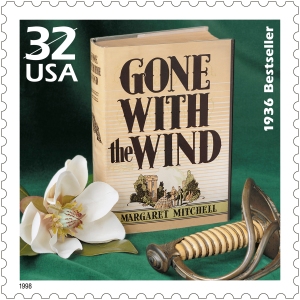Today we celebrate writer Sylvia Plath’s 80th birthday. Plath (1932–1963) was honored along with nine other poets on the Twentieth-Century Poets stamp sheet, which was issued earlier this year.
 In depicting Plath on the stamp, art director Derry Noyes considered a couple of different options. Early in the stamp development process, Noyes worked with an artist Maira Kalman to create a colorful and lively portrait based on a picture of the artist that the U.S. Postal Service borrowed from the Special Collections library at Smith College, Plath’s alma mater. The art featured the artist’s own handwritten lines from one of Plath’s best-known poems, “Daddy”:
In depicting Plath on the stamp, art director Derry Noyes considered a couple of different options. Early in the stamp development process, Noyes worked with an artist Maira Kalman to create a colorful and lively portrait based on a picture of the artist that the U.S. Postal Service borrowed from the Special Collections library at Smith College, Plath’s alma mater. The art featured the artist’s own handwritten lines from one of Plath’s best-known poems, “Daddy”:
You do not do, you do not do
Any more, black shoe
Design direction sometimes changes, however, and USPS ultimately opted to use a black-and-white photograph of Plath, as well as each of her contemporaries featured on the stamps, instead of having the poet’s portrait illustrated. USPS again chose the resources of a rich archival collection, this time working with archivists at the Center for Creative Photography at the University of Arizona in Tucson. There they found a picture of Plath by the talented photographer Rollie McKenna.
Plath’s life events and her poems are famously intertwined. Readers admire her unvarnished examination of life’s complexities, contradictions, and daily challenges, and the ways in which she expressed her own highs and lows in a raw and direct style. In the photograph, Plath sits on a sofa or chair and regards the camera’s presence obliquely, perhaps lost in thought and contemplating new verse.
McKenna’s picture of Plath was taken in 1959. Four years later, less than six months after her thirty-first birthday, Plath ended her life. McKenna’s photograph, among the many others that captured Plath’s intelligence and youthful beauty, is—like Plath’s small but potent body of writing—a touchstone for her legions of devotees.


 Poets stamp sheet issued earlier this year, the award-winning Levertov was born on this day in 1923.
Poets stamp sheet issued earlier this year, the award-winning Levertov was born on this day in 1923.



